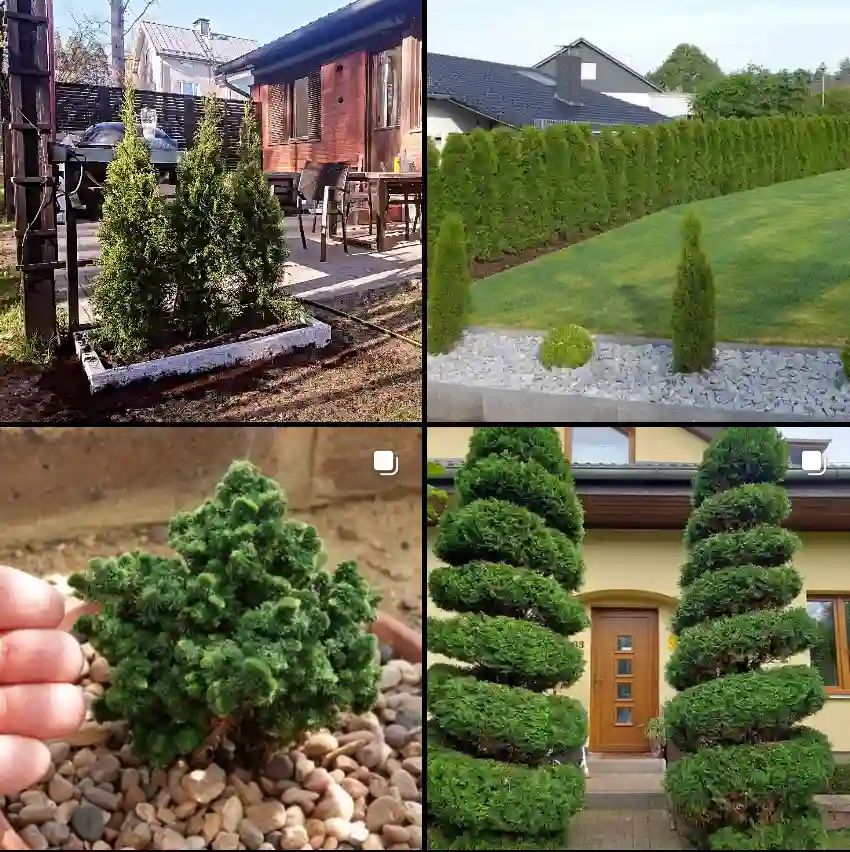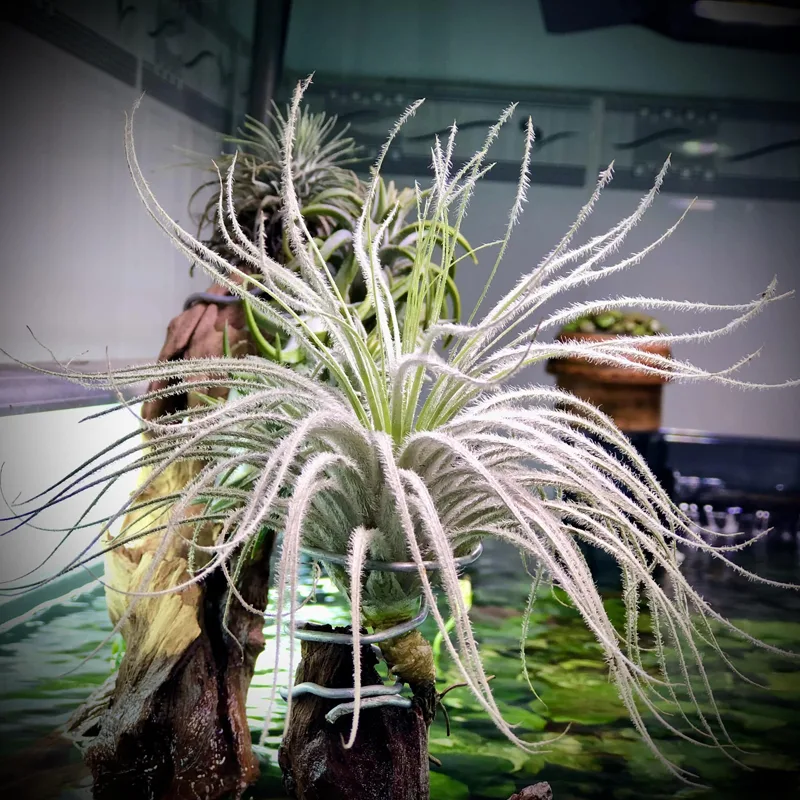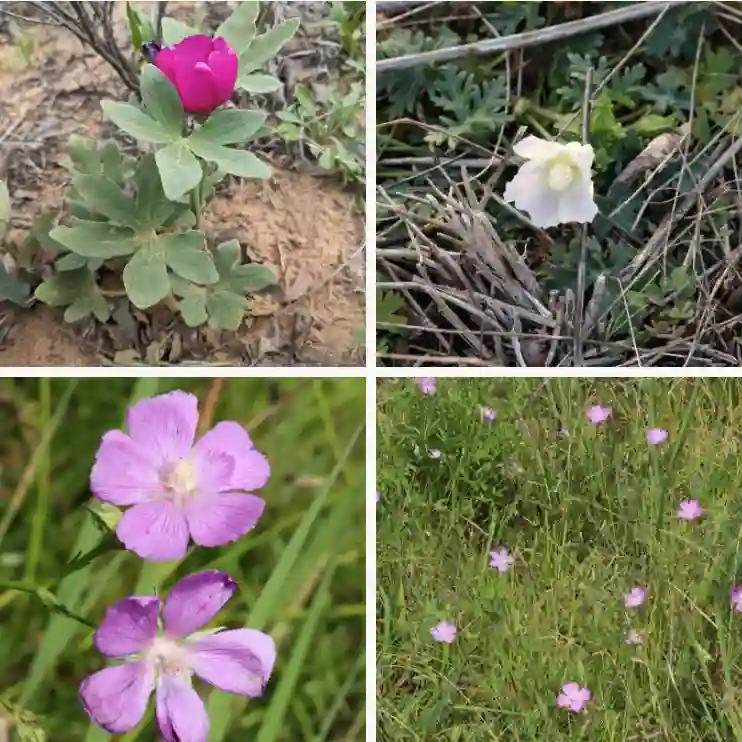FAQ: Understanding and Caring for Ceratostema Rauhii
Ceratostema Rauhii is a fascinating plant that captures the eye with its unique beauty and intriguing growth habits. This rare and exotic species, often sought after by plant enthusiasts, offers a blend of aesthetic appeal and botanical curiosity. In this article, I will delve into the frequently asked questions surrounding Ceratostema Rauhii, covering everything from care tips to propagation, and where to find it for sale.
What is Ceratostema Rauhii?
Ceratostema Rauhii is a rare, epiphytic plant native to the cloud forests of Peru. It’s part of the Ericaceae family, known for its bell-shaped flowers that hang delicately from its branches. The plant thrives in humid environments and is often admired for its striking foliage and unique blooms. Another variant, Ceratostema Rauhii var Villosa, shares similar traits but is distinguished by its slightly different leaf texture.
How to Care for Ceratostema Rauhii?
Caring for Ceratostema Rauhii requires attention to detail, especially when replicating its native cloud forest environment. Here are the essential care tips:
- Light: This plant thrives in bright, indirect light. Direct sunlight can scorch the leaves, so it’s best to place it in a spot where it receives filtered light throughout the day.
- Humidity: High humidity is crucial for Ceratostema Rauhii. I find that maintaining a humidity level of around 70-80% works best. If you live in a dry climate, using a humidifier or placing the plant on a humidity tray can help.
- Watering: The soil should be kept consistently moist but not waterlogged. I water mine when the top inch of the soil feels dry. It’s important to avoid letting the plant sit in water, as this can lead to root rot.
- Soil: A well-draining, organic-rich soil mix is ideal. I prefer using a mix of orchid bark, peat moss, and perlite to ensure proper aeration and moisture retention.
- Temperature: Ceratostema Rauhii prefers cooler temperatures, ideally between 60-70°F (15-21°C). Avoid placing it in areas with extreme temperature fluctuations or drafts.
How to Propagate Ceratostema Rauhii?
Propagation of Ceratostema Rauhii can be a bit challenging, but it’s rewarding when successful. The most common method is through stem cuttings.
- Choose a Healthy Stem: Select a healthy, mature stem with at least a few leaves. Make sure the cutting is about 4-6 inches long.
- Prepare the Cutting: Remove the lower leaves and dip the cut end in rooting hormone to encourage root development.
- Planting: Place the cutting in a well-draining soil mix, similar to what you’d use for an adult plant. Keep the soil moist and cover the cutting with a plastic bag to maintain humidity.
- Waiting Period: Place the cutting in a warm, humid environment with indirect light. Roots should begin to form in a few weeks, but it may take several months for the cutting to establish fully.
Where Can I Find Ceratostema Rauhii for Sale?
Ceratostema Rauhii is not a plant you’ll typically find at your local garden center. Due to its rarity, it’s often available through specialized online nurseries or plant collectors. I’ve had success finding Ceratostema Rauhii for sale on various online platforms that cater to rare and exotic plants. Prices can be high, reflecting the plant’s scarcity and demand, so be prepared to invest in this unique species.
What to Plant with Ceratostema Rauhii?
When it comes to companion plants, I recommend pairing Ceratostema Rauhii with other epiphytes or moisture-loving plants. Ferns, orchids, and hoyas can create a visually appealing and harmonious environment. These plants share similar care requirements, making them ideal companions for your Ceratostema Rauhii.
How to Identify Ceratostema Rauhii var Villosa?
Ceratostema Rauhii var Villosa is a variant of the main species, distinguishable by its slightly more villous (hairy) leaves. This variant is equally beautiful and requires similar care. The subtle difference in leaf texture adds an extra layer of interest for collectors who enjoy exploring the nuances between plant varieties.
Common Issues with Ceratostema Rauhii
While Ceratostema Rauhii is generally a hardy plant, it can face a few challenges:
- Leaf Drop: This can occur if the plant is exposed to too much direct sunlight or if humidity levels are too low.
- Root Rot: Overwatering or poor drainage can lead to root rot, which is why it’s crucial to allow the soil to dry slightly between waterings.
- Pests: Like many tropical plants, Ceratostema Rauhii can attract pests like spider mites or aphids. Regular inspection and the use of insecticidal soap can help keep these pests at bay.
Conclusion
Ceratostema Rauhii is a captivating plant that brings a touch of the exotic to any collection. While it requires specific care, the effort is well worth it for the stunning display it offers. Whether you’re looking to add one to your collection or seeking to expand your knowledge of rare plants, Ceratostema Rauhii is a species that will undoubtedly leave an impression.
If i die, water my plants!



